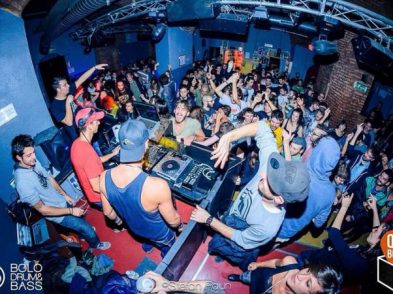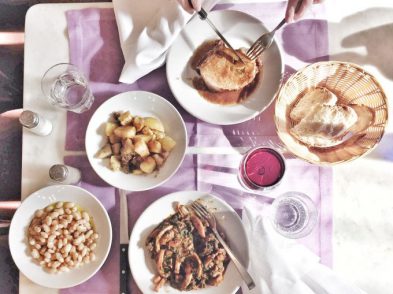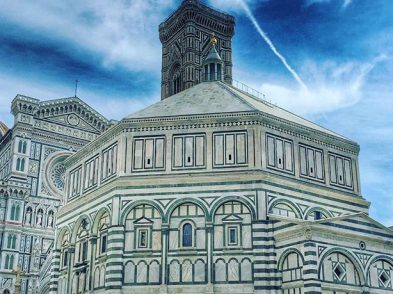Fresco-itis: feelings of fatigue brought on by the endless beauty of Renaissance artworks found in every corner of Florence. Also known as “Stendhal syndrome”.
Does this feel familiar? Maybe it is time to step away from the sunny-side-up Renaissance of Brunelleschi’s soaring cupola and Santa Maria Novella’s pearly façade. Fifteenth-century Florence was not all paintings and patronage: solely remembering the city’s cultural flourishing risks reducing the Renaissance period to its artistic endeavours. What about the rebels who rallied against Medici control, the victims of the catastrophic Black Death and the vulnerability of the working class? Remove your Renaissance rose-coloured glasses and consider some of these grim yet intriguing sites from Florence’s prettiest period.
Bargello
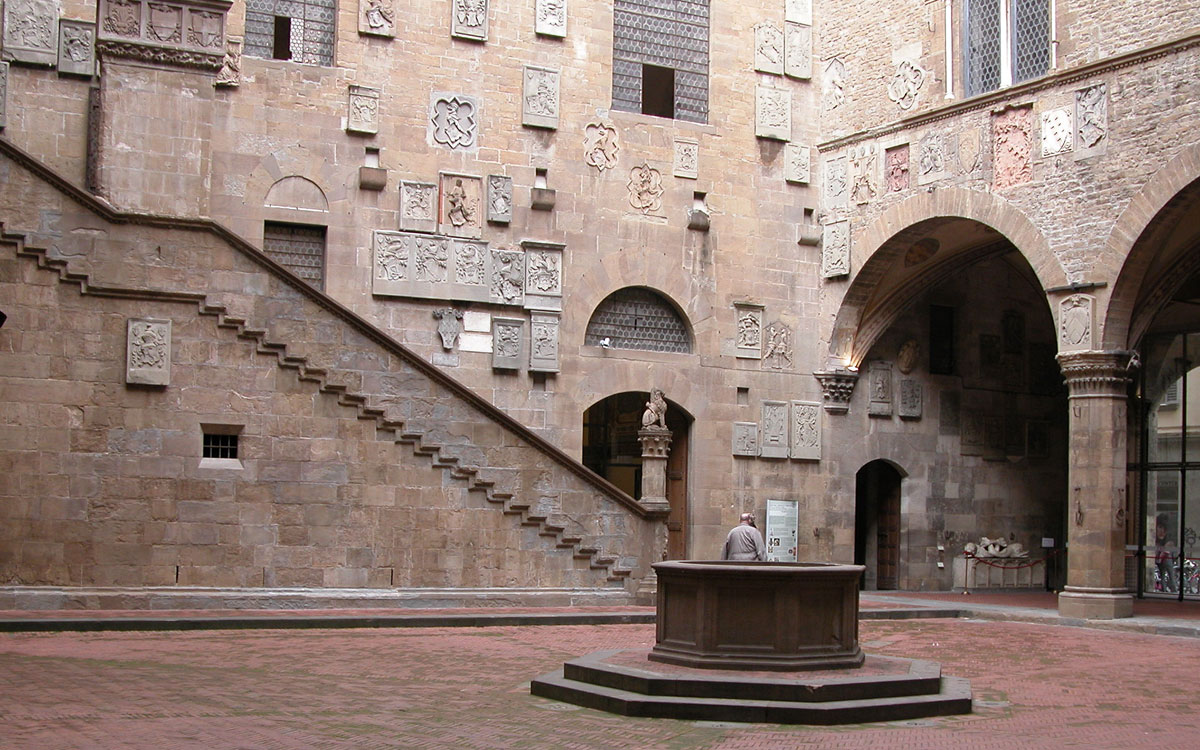
Ever noticed the windows on the turreted corner of this fortress-like building? It is from these that Florence’s most shocking criminals were hanged, on show to the rest of the city. A hub of law and punishment from the thirteenth century onwards, the Bargello hosted the city’s court and the Podestà, a travelling magistrate who was selected from another Italian city-state to minimise biased rulings.
The most famous executions here were those of the Pazzi conspirators in 1478 and 1479, members of an unsuccessful attempt to kill Lorenzo de’ Medici during Mass in Florence Cathedral and led by Medici rivals, the Pazzi family. Among the crowd who watched the executions, a certain Leonardo da Vinci stood with his sketchbook, drawing the death of conspirator Bernardo di Bandino Baroncelli. Botticelli painted the conspirators with nooses around their necks on the building’s wall, while messages under each image forbade Florentines even to pronounce the criminals’ surnames.
Used as an eighteenth-century prison, the Bargello is now one of Florence’s most important art galleries, including works by Donatello, Ghiberti and Michelangelo. Open Tuesday to Saturday, 8:15am until 2pm; the second and fourth Monday of every month; the first, third and fifth Sunday of every month; ticket office closes at 1:20pm.
Ospedale degli Innocenti
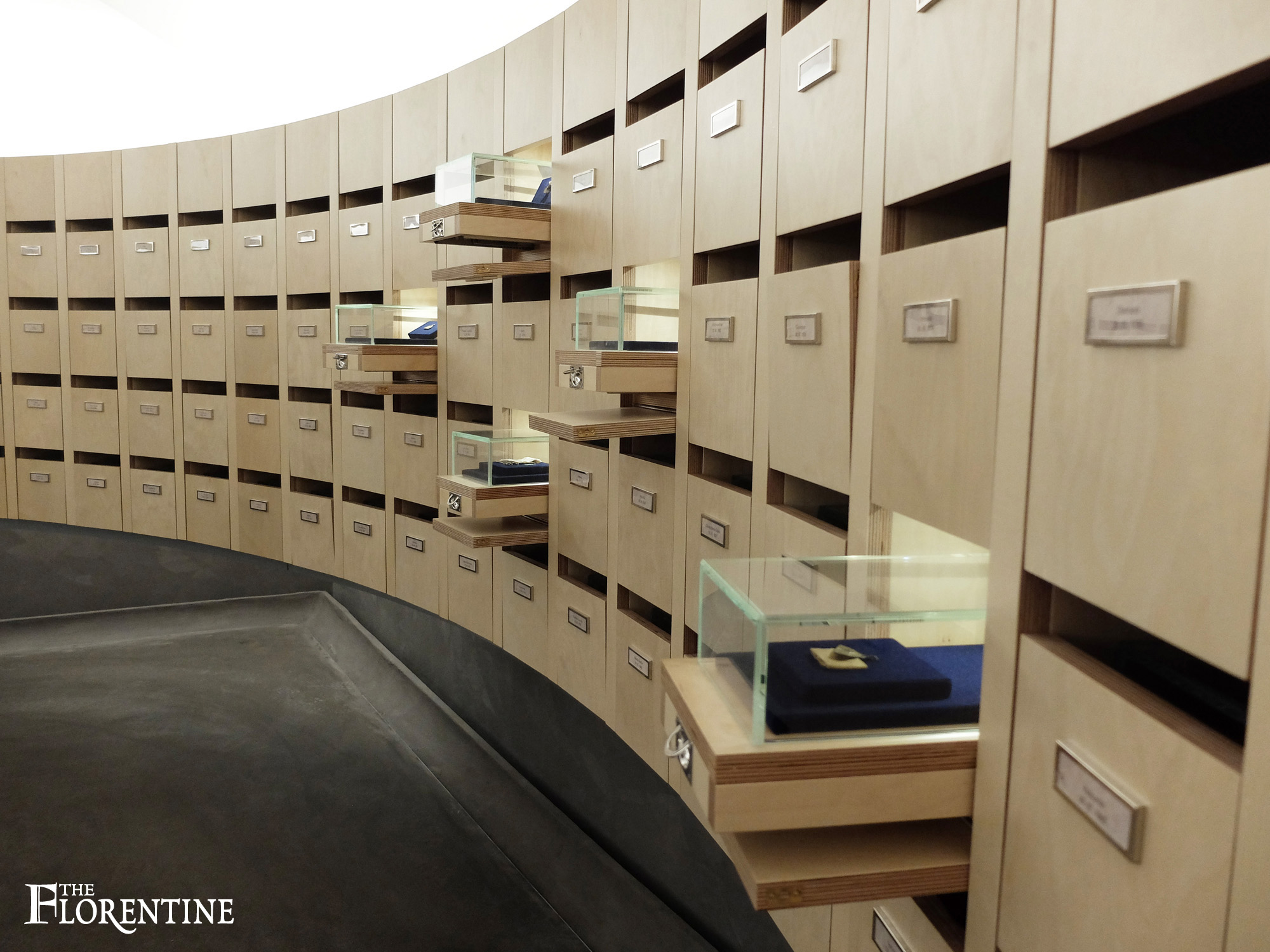
Piazza della Santissima Annunziata is watched over by babies swaddled in blankets, from the glazed blue terracotta roundels atop the Ospedale degli Innocenti. They represent the Renaissance city’s “innocenti”, children who were orphaned or abandoned at high rates due to economic strain, social stigma relating to illegitimate children (often the result of master/servant relations) and familial neglect. Opened in 1445, at the Ospedale mothers could anonymously leave their babies in a marble basin under the loggia, later replaced by a rotating wheel, which allowed children to be passed through the building into the care and protection of the orphanage.
Have you heard the family name “Innocenti” during your Tuscan travels? It was the surname given to many nameless children who found themselves here. In the Museo degli Innocenti, recently reopened after a total makeover, you can learn how many parents left half a coin or other distinctive items, attached to their babies’ wrists, keeping the other half in the hope of one day identifying their children. Open Mondays to Sundays, 10am until 7pm.
Piazza San Martino
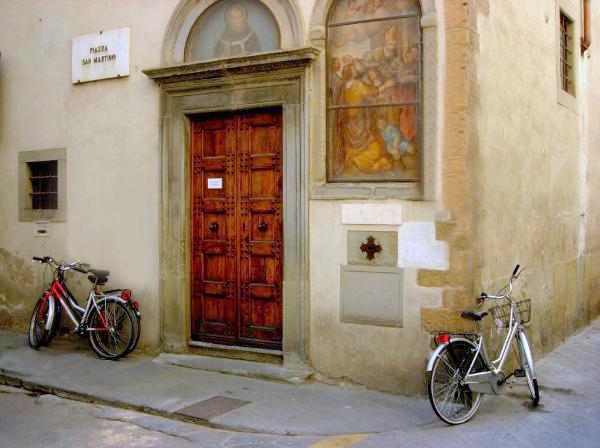
Piazza San Martino may be small and unassuming, but it is a piazza with a big past, lodged near the Duomo between via Dante Alighieri and via dei Cimatori. It was home to the Buonomini di San Martino, founded in 1442 by Dominican preacher St. Antonino Pierozzi with the support of Cosimo de’ Medici. This confraternity was a lay group who provided charity and services to the public from the Church of San Martino del Vescovo. Look closely at the church wall and you can see the box where they collected donations to help the poveri vergognosi (the shame-faced poor): workers and artisans who fell on hard times but were too proud to beg for food.
Inside the church you will see frescoes of the Buonomini carrying out the seven acts of charity. Ghirlandaio’s depictions of the men burying the dead, visiting the sick, releasing a debtor from jail and giving out food to the hungry, among other scenes, will make you realise that these well-trodden cobbles have seen their fair share of the weak and vulnerable. Church open Sunday to Friday, 10am until 12pm and 3pm until 5pm; closed Saturdays and holidays.
Orsanmichele
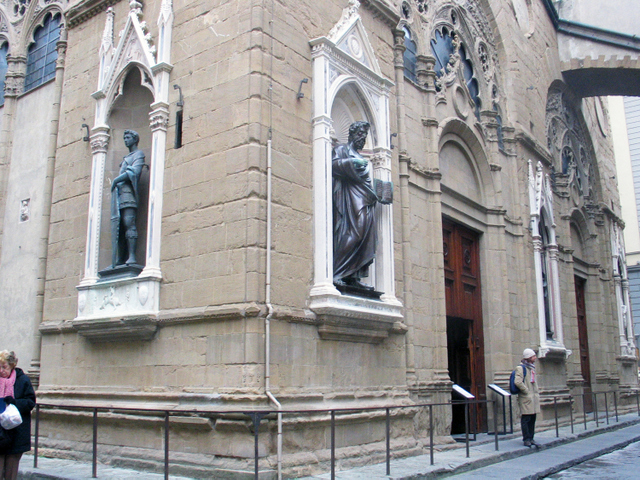
Religious and civic charity blur under the gothic niches of the Orsanmichele. The building combined a grain market with a church, as a religious cult formed around, and worshipped, a believed-to-be miraculous Virgin Mary image in the market space. The Compagnia della Madonna di Orsanmichele group would receive charitable donations from wealthy and working-class Florentines and distribute them to the needy. In 1348, the Black Death epidemic crippled Florence, practically halving the city’s circa 95,000 inhabitants down to 42,000. Minors and widows of the epidemic sought money from the Orsanmichele, as well as Florentines struggling to afford wheat after the 1347 famine, when wheat rose to three times its normal price. Open Monday to Sunday, 10am until 5pm; closed Mondays in August.
Bigallo
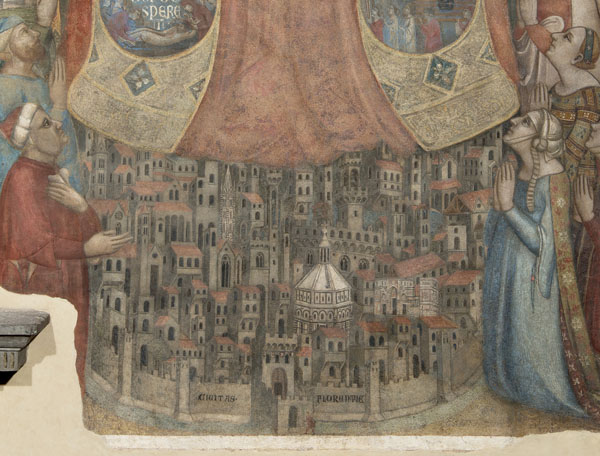
You may have missed that modest, delicate building that hides in the shadow of the Baptistery and the Duomo on the corner of via Calzaiuoli. Its name is the Bigallo, constructed in 1352 to host the Compagnia di Santa Maria della Misericordia. This charitable group transported the sick with an ambulance service, buried the dead and cared for lost or unwanted children. If you hear a siren wailing as you wander past you are not imagining things: today, the city’s ambulance service is still run by the Compagnia della Misericordia on the opposite side of via Calzaiuoli, where it was moved in the sixteenth century.
Under the leadership of Cosimo de’ Medici, in 1425 the Misericordia merged with the Compagnia del Bigallo, which provided housing for the poor and ran hospices for pilgrims and travellers outside Florence. The Bigallo’s elegant porch was used to display lost or abandoned children in the hope they would be found, identified or adopted. The Bigallo is now open as a museum, which includes paintings, frescoes and sculptures that were purchased by the charities or donated. Open Monday to Saturday, 10:30am until 4:30pm; Sundays and holidays 9:30am until 12:30pm; closed December 8 and 25, January 1.

